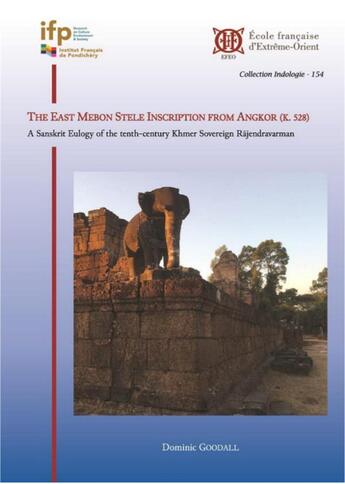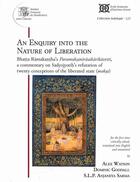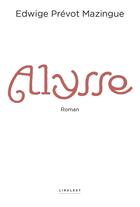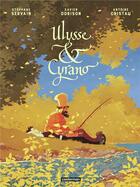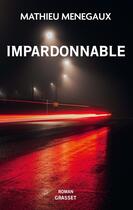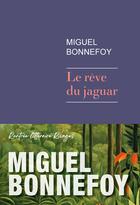Résumé:
The epigraphy of the ancient Khmer kingdom centred in what is today Cambodia comprises about 1500 inscriptions written in Sanskrit or Old Khmer or both between the sixth and the fourteenth centuries CE. Remarkable as much for their graceful calligraphy and layout as for their elegance and... Voir plus
The epigraphy of the ancient Khmer kingdom centred in what is today Cambodia comprises about 1500 inscriptions written in Sanskrit or Old Khmer or both between the sixth and the fourteenth centuries CE. Remarkable as much for their graceful calligraphy and layout as for their elegance and erudite sophistication, these extraordinary documents have hitherto primarily been mined for historical data rather than savoured for their poetry. The present volume contains a substantially improved edition and annotated English translation of the second longest Sanskrit inscription of the Khmer-speaking region, a stela that records the creation of a five-towered temple dedicated to Siva by the tenth-century Khmer ruler Rajendravarman. For the benefit of enthusiasts of kavya, the text is given also in Devanagari.
L'épigraphie de l'ancien royaume khmer centré sur l'actuel Cambodge comprend environ 1500 inscriptions rédigées en sanskrit, en vieux khmer, ou dans les deux langues mises côte à côte, datées entre le VIe et le XIVe siècle de notre ère. Remarquables tant par la grâce de leur calligraphie et de leur « mise en page » que par leur élégance littéraire et leur sophistication érudite, ces documents extraordinaires ont jusqu'à présent été principalement exploités pour leurs données historiques plutôt qu'appréciés pour la beauté de leur poésie. Le présent volume contient une édition considérablement améliorée et une traduction anglaise annotée de la deuxième plus longue inscription sanskrite du pays khmer, une stèle qui relate la création d'un temple à cinq tours dédié à Siva par un souverain khmer du Xe siècle, Rajendravarman. Pour les amateurs de kavya, le texte est fourni également en alphabet Devanagari.
Contents
Preface
Acknowledgements
Introduction
I.I The literary quality of the Mebon inscription
I.I.1 Sound effects
I.I.2 Verschränkung or Concatenation
I.I.3 Expectations of readers of kavya
I.I.4 Literary echoes
I.I.5 Who composed the text of the inscription?
I.I.6 Metrics
I.2 On the discovery in situ of the stela
I.3 On this edition and translation of K. 528
I.4 On the physical properties and condition of the stela
I.5 Genealogy of Rajendravarman
I.5.I Where was Bhavapura?
I.5.2 Sun and Moon, Patriline and Matriline, Brahmin and Ksatriya
I.6 Who built the Mebon temple?
I.7 On the statuary installed in the Mebon temple?
I.8 Who maintained the Mebon foundation and for how long?
I.9 Rajendravarman and the Khmer "empire"
I.10 Summary of the inscription
Text and Translation
List of Figures
Plates of the Estampages
Works Consulted
Abbreviations
Primary Sources
Translations and Studies
General Index
Donner votre avis



